Home / Albums / Tag musical instrument 193

 Holding the bow
Holding the bow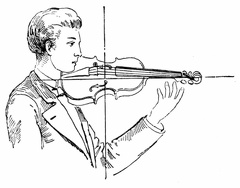 Position of the left hand and the left arm
Position of the left hand and the left arm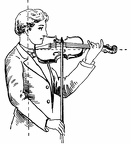 Bowing
Bowing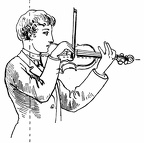 Bowing
Bowing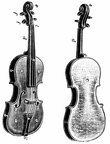 Constituent parts of the violin - Exterior
Constituent parts of the violin - Exterior Rabab
Rabab Raba—Indian violin
Raba—Indian violin Constituent parts of the bow
Constituent parts of the bow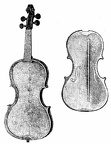 Constituent parts of the violin - Interior
Constituent parts of the violin - Interior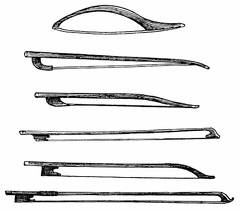 The bow
The bow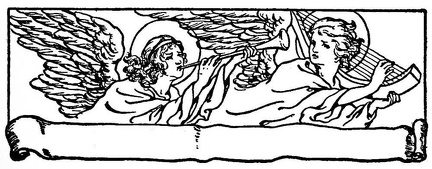 Two angels
Two angels Horn, or Olifant, Fourteenth Century
Horn, or Olifant, Fourteenth Century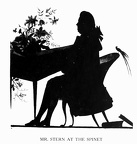 Mr Stern at the Spinet
Mr Stern at the Spinet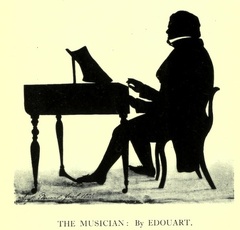 The Musician
The Musician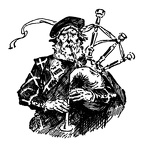 Bagpiper
Bagpiper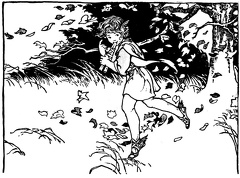 Girl playing a flutelike instrument while running through some leaves
Girl playing a flutelike instrument while running through some leaves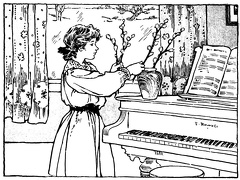 Girl arranging pussy willows
Girl arranging pussy willows Frank Johnson, Leader of the band
Frank Johnson, Leader of the band A Muse playing the Diaulos
A Muse playing the Diaulos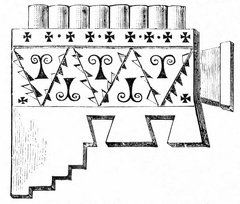 Huayra-puhura,
Huayra-puhura,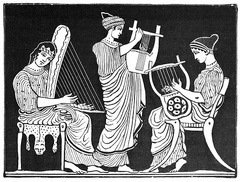 A Muse with a Harp, and two others with Lyres
A Muse with a Harp, and two others with Lyres 1800 2
1800 2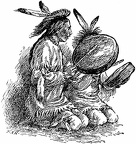 Drums on a summer's evening
Drums on a summer's evening Harp
Harp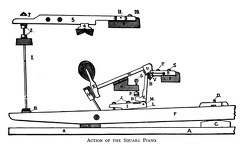 Action of the Square Piano
Action of the Square Piano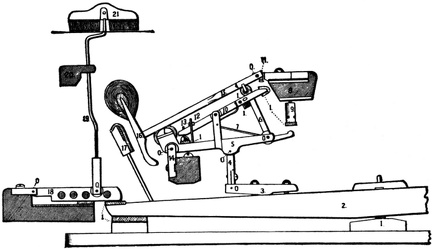 Action of the Grand Piano
Action of the Grand Piano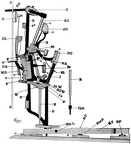 Upright Piano Action
Upright Piano Action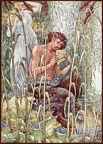 Sweet, piercing sweet was the music of Pan’s pipe
Sweet, piercing sweet was the music of Pan’s pipe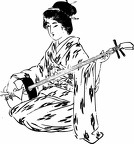 The samisen
The samisen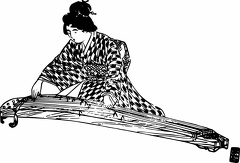 The Koto
The Koto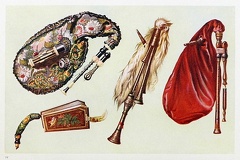 Cornemuse, Calabrian Bagpipe, Musette
Cornemuse, Calabrian Bagpipe, Musette Queen Mary's Harp
Queen Mary's Harp Lamont Harp
Lamont Harp Burgmote Horns
Burgmote Horns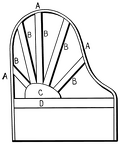 Modern method og grand pianoforte case construction
Modern method og grand pianoforte case construction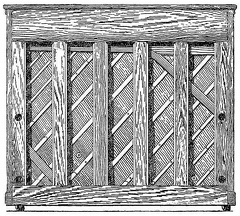 Back view of upright pianoforte
Back view of upright pianoforte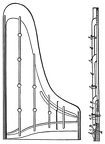 Jonas Chickering’s full solid cast grand metal plate
Jonas Chickering’s full solid cast grand metal plate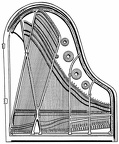 Arrangement of iron plate, braces and scale of parlor size grand pianoforte
Arrangement of iron plate, braces and scale of parlor size grand pianoforte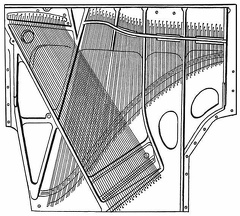 Iron plate for upright pianoforte fitted with Capo D’astro bar
Iron plate for upright pianoforte fitted with Capo D’astro bar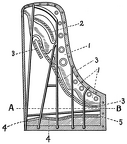 Sketch of iron plate for concert grand
Sketch of iron plate for concert grand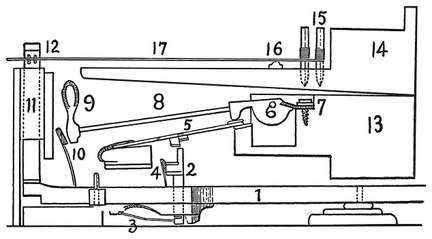 Cristofori’s action in its final form
Cristofori’s action in its final form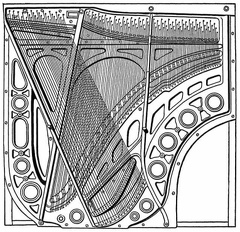 Iron plate for upright pianoforte with Agraffes (Mehlin patents)
Iron plate for upright pianoforte with Agraffes (Mehlin patents)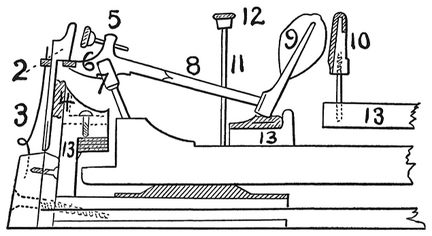 Action by Andreas and Nanette (Stein), Streicher Viennese escapement (1794)
Action by Andreas and Nanette (Stein), Streicher Viennese escapement (1794)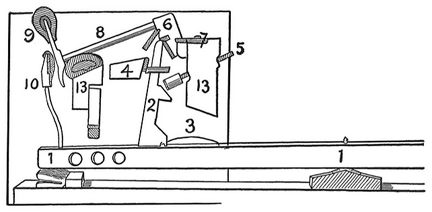 English direct lever grand action, developed by Broadwood from Backers (1884)
English direct lever grand action, developed by Broadwood from Backers (1884)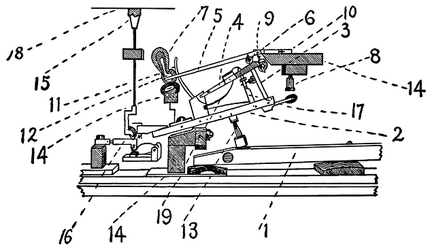 Double repetition action of Sebastian Erard as used by S. & P. Erard, Paris
Double repetition action of Sebastian Erard as used by S. & P. Erard, Paris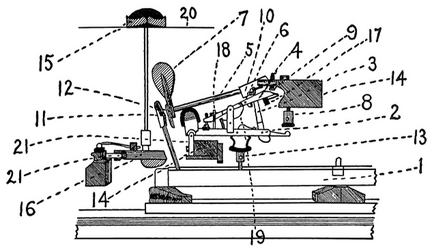 The Erard grand action modified by Herz
The Erard grand action modified by Herz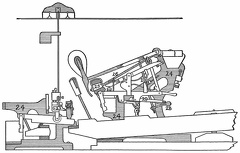 Grand pianoforte action with metallic action and damper frames
Grand pianoforte action with metallic action and damper frames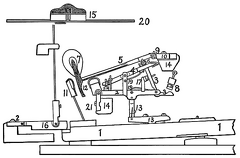 Standard modern American grand action
Standard modern American grand action Standard American upright action
Standard American upright action Upright action showing lost-motion device
Upright action showing lost-motion device A juggler, after a miniature
A juggler, after a miniature Atys - the Phrygian shepherd
Atys - the Phrygian shepherd Saw Ou
Saw Ou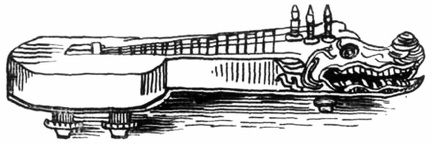 Ta'khay, or Alligator
Ta'khay, or Alligator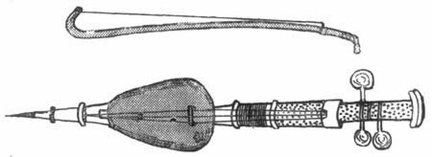 Saw Tai
Saw Tai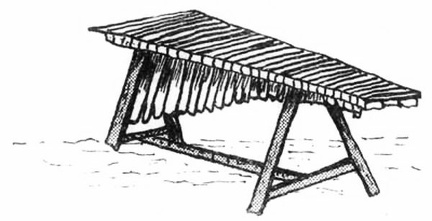 Guatemalan Marimba
Guatemalan Marimba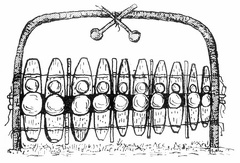 Zulu Marimba
Zulu Marimba The Arpa
The Arpa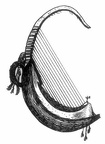 The Burmese Soung
The Burmese Soung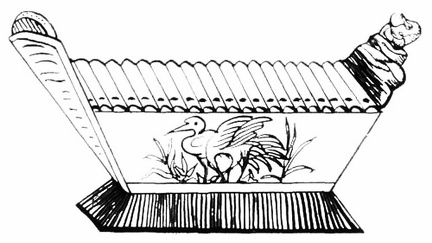 The Sho
The Sho



